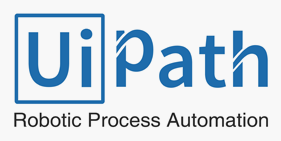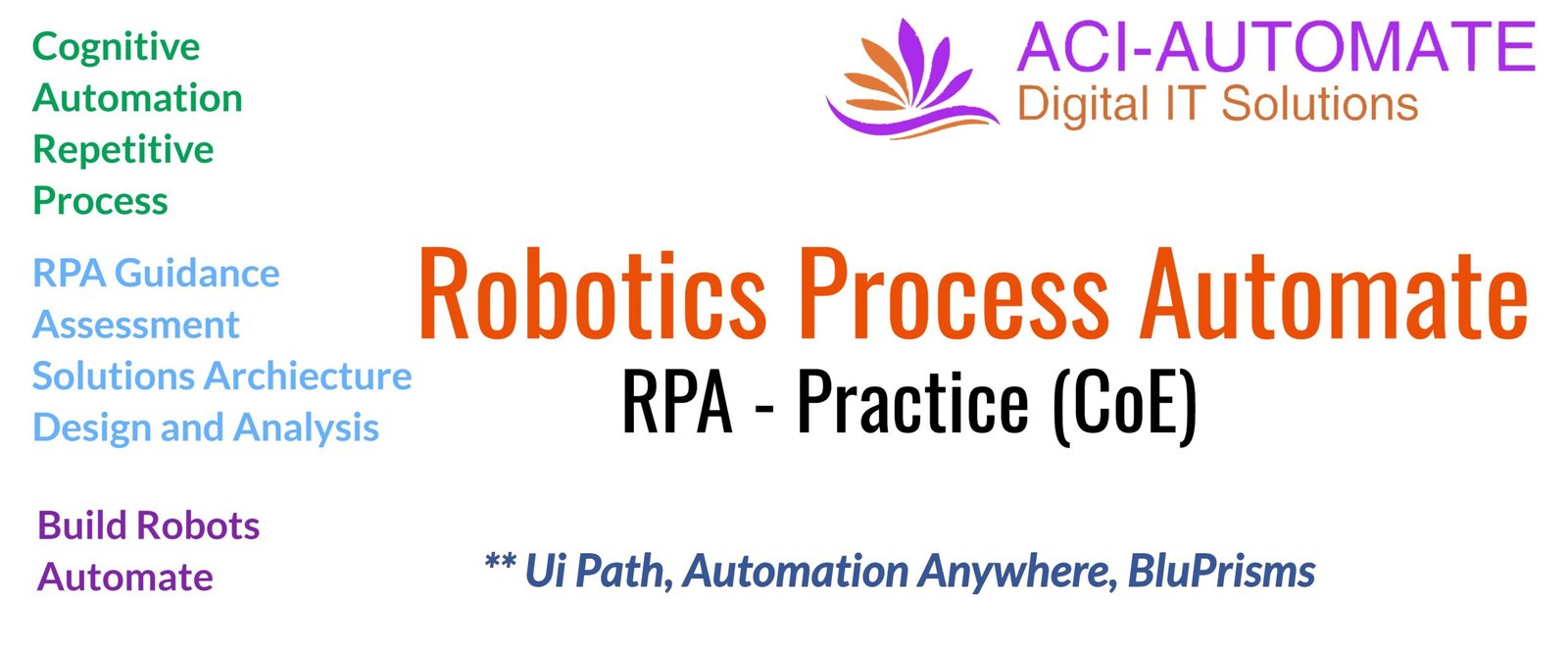RPA tools are best suited for processes with repeatable, predictable interactions with IT applications. These processes typically lack the scale or value to warrant automation via core systems transformation or if core systems transformation is not due to be implemented soon. RPA tools can improve the efficiency of these processes and the effectiveness of services without changing the underlining systems.
RPA software ‘robots’ perform routine business processes by mimicking the way that people interact with applications through a user interface and following simple rules to make decisions. Entire end-to-end processes can be performed by software robots with very little human interaction, typically to manage exceptions.
RPA
RPA
A global study from entrperise clients:
We recently conducted a survey of over 100 Shared Services leaders which showed that they now see RPA as a viable, proven solution, with 74 per cent of survey respondents planning to investigate the technology in the next year and 22 per cent having piloted or fully implemented RPA.
Those who had implemented identified that RPA meets or exceeds their expectations in terms of financial benefits, and reality tends to outperform expectations even further with non-financial benefits.
Read more in our recent survey based article; The Robots are here – meet your digital workforce
Why Robotic Process Automation?
- Decreased cycle times and improved throughput
- Flexibility and scalability
- Improved accuracy
- Improved employee morale – enables them to add more value
- Allows time to innovate and focus on customer satisfaction
- Detailed data capture
RPA Benefits
Greater compliance
Reduced operational costs
Improved productivity and efficiency
Higher accuracy and quality
Accurate insights
Faster responses
How are RPA Companies Helping the Banking Sector?
Cost Reduction
In order to maintain quality and performance banks needs experienced and efficient staff, which is expensive. Even if banks choose to outsource processes, it will not be as cost-effective as deploying RPA. By carrying out process analysis exercises, unnecessary steps can be removed, and expenses incurred on these steps can be saved.
As per Thomson Reuters, banks spend approximately $384 million per annum on KYC process compliance. It needs 500 to 1000+ full-time employees for KYC. RPA implementation partners can help banks check and verify customer data. It will replace the work of FTEs, and the process will take minimal time and expenses.


Increased Efficiency
RPA vendors can enable banks to use their full-time talent pool for complex tasks that demand critical decision making, discretion, and intellect. These human resources can serve customers with a customized solution as per their needs. Simultaneously, RPA takes care of tedious, time-consuming processes. This enhances the efficiency of the banks.
RPA provides a multi-dimensional solution that requires employee training, comprehensive setup and governance. But once it is all set, RPA consulting companies claim that it has the potential to save 40%-60% within the first year of implementation.
Improved Accuracy
RPA implementation partners understand that the stakes are super high when it comes to accuracy in the banking industry. RPA systems execute specially configured commands whose output is always precise with no errors. This saves time and reduces cost. RPA has helped significant banks in India (HDFC, ICICI) reduce their process execution time by 60%.
Accuracy is extremely important when it comes to compliance. As per a survey conducted by Accenture, 73% of respondents believed that RPA could be a critical factor in compliance.


More Flexibility
RPA vendors have brought agility and robustness to the banking business. Robots can operate third party software and can work on varied business applications. Be it internal applications (core banking, CRM) or external applications (background check, cloud-based applications); robots are flexible enough to carry out a wide spectrum of tasks.
The banking industry leverages all these and more advantages as offered by RPA companies. It not only gives an edge, but also reduces costs and saves time. RPA is the new black in the banking industry.
If you are a bank or a financial institution that’s mulling over automation, we can help you redefine your services. Should you want to talk about it, we are just a call away.
Critical Stages of Implementing Robotic Process Automation
Exploring the feasibility of the process and the financial impact goes hand in hand with the selection of the tool being considered for implementation. This is one of the most critical stages in this process, because the benefits associated with automation are correlated to how fine of an automation process is required in the business. An RPA Solution is not built to address the same business problems across varying organizations, and so the same automations cannot be used across the board. However, the beauty of intelligent automation is its infinite potential for customization
In many scenarios, organizations will first identify various processes that they’d like to automate based on the successes of other processes. This not only complicates the implementation of an RPA solution, but may also lead to the application of robotic process automation to processes that are necessary and may not add any value to the business.
- Standalone applications: One bot for every five users
- Web applications: One bot for every four and a half users
- Citrix applications: One bot for every three and three-quarter users
- Remote: One bot for every three and a half users
Process selection is another feature of tool identification. The processes you select to be automated should be stable, repetitive in nature and must be structured in a comprehensive manner to be considered for automation. While processes cannot be automated completely, selecting those that are ideal and fit the guidelines ensure a greater chance of success.
Once the Process and tools have been identified, the risks associated with the development and implementation of this process need to be identified. A thorough plan that includes exact costs involved in purchasing the Tool licenses, the software and hardware required for the setup, the complexity of the setup and the ease of implementation, need to be assessed, and any discrepancies that pop up must be addressed immediately so that it doesn’t affect the process later down the line. Using expert advice and insight, organizations should design a model that depicts the business structure and processes that will be most affected by the RPA solution. It’s important to identify the ripple effects – starting from the internal resources, applications and systems, and ending with the organization’s external stakeholders.
This process accounts for the time required for the RPA implementation and the benefits of doing so – specifically in allowing employees to pursue more value-adding roles. Having the impact mapped will also identify areas within the organization that can use the additional resources made available thanks to automation.
Once the risks are assessed and the project is given the go ahead, a test run needs to be done to assess how smoothly the bots run and how consistent and accurate the RPA is. Several rounds of test runs need to be conducted to determine the readiness for deployment. This enables you to see first-hand, the effectiveness of your automation plan in real time. Once the results of the pilot come back, improvements can be made accordingly. Inclusion of processes that need further automation and processes that can remain an exception can be identified at the stage very clearly. There is a difference in testing and a live roll out. So, this is also the phase where inputs of the stakeholders involved need to be taken into consideration.
This is the final stage of implementation, where the bot is deployed for production. Business processes are dynamic in nature and changes will be continuously made to better suit business needs. Periodic maintenance of the processes will ensure a smooth run of the automation and will reap greater rewards for the business. Automation isn’t a one-time activity, and it follows that one time execution without follow-up management isn’t healthy. The impact of changes to the systems must be gauged and contingency plans ready to go should be in place.
When implemented correctly, Robotic Process Automation provides huge cost savings in addition to increased productivity and efficiency. Minimizing human effort and intervention is the name of the game, and we are forging a path towards the day when RPA comes embedded with artificial intelligence.
Why Automate?
According to a global survey conducted by ServiceNow in 2018, about 86% companies are expected to hit their breaking point and will require intelligent automation to help them keep up, by the year 2020. The inevitability of it aside, there are various benefits to automating your business processes as much as possible.
Improved Efficiency
Reduced human intervention, quicker processing leading to high efficiency.
Increased Compliance
Improved data logs and process tracking results in increased compliance and identifying compliance related issues.
Greater Productivity
Software monitored by software, resulting in a substantial increase in productivity.
Lower Attrition
Employees matched to jobs aligned with their skills tend to stick around for longer, leading to lower attrition rates.
Eradicate Human Error
Reduced human intervention and dependency greatly reduces potential for human error.
Save Cost
Automation of otherwise manual processes reduces operational costs and saves money and increases ROI over time.
Skill Distribution
Skilled workers will be freed up to apply their knowledge and experience to more important projects that drive innovation and growth.
Area of Expertise



Let’s make something great together.

